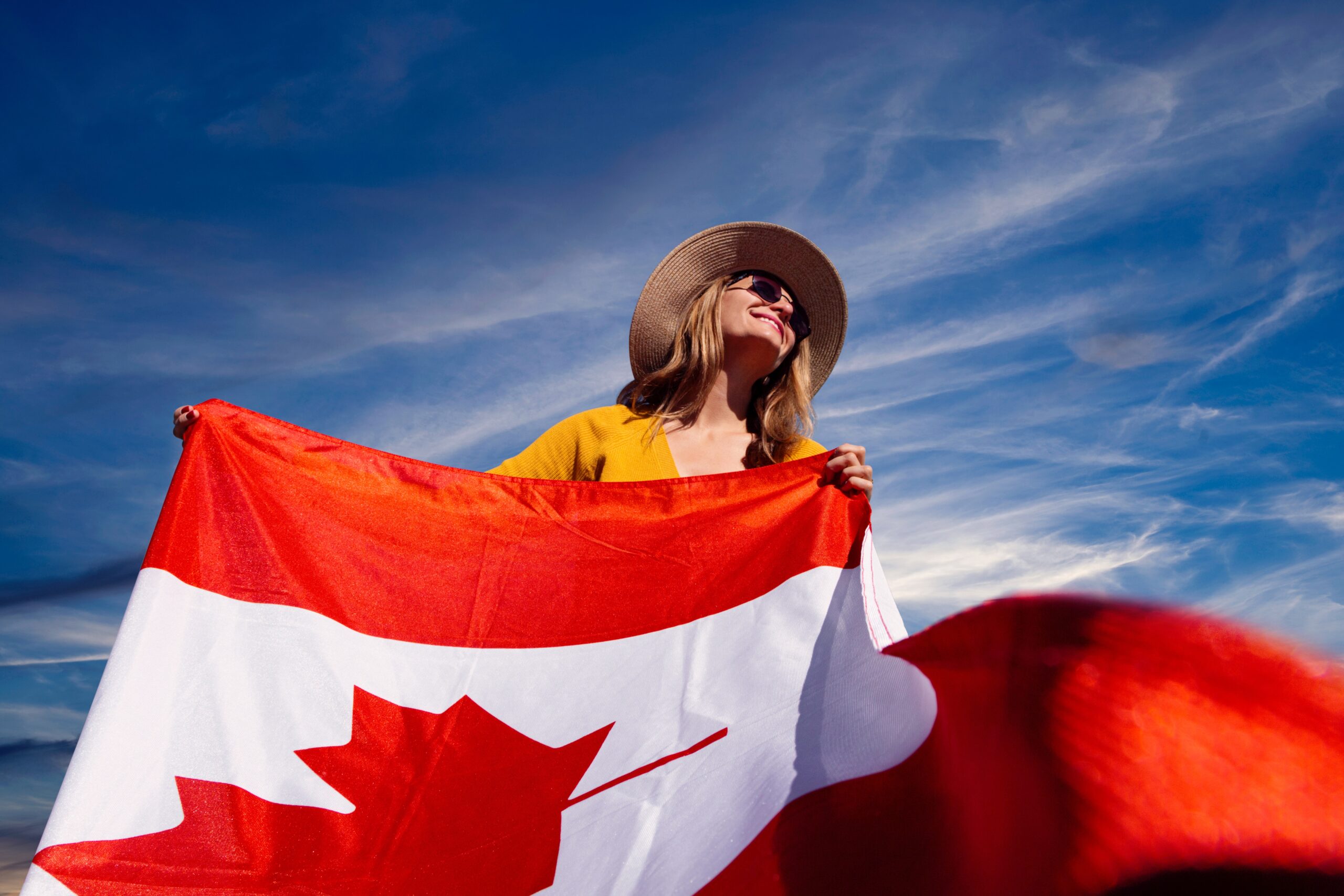Canada Immigration
Canada Travel Guide for a Safe a Memorable Trip In 2023
Canada has its own set of unique words and phrases that might surprise newcomers. However, they’re fun to learn, you’re familiar with the number 7.
Canada Travel Guide for a Safe a Memorable Trip In 2023
Here are some essential terms you should familiarize yourself with:

#1. Double-Double
If you’re a coffee lover, get ready to order a “double-double” at Tim Hortons. This refers to a coffee with two creams and two sugars, a popular choice among Canadians.
#2. Timmies
Speaking of Tim Hortons, locals affectionately refer to this beloved coffee chain as “Timmies.” It’s an integral part of Canadian culture and daily life.
#3. Loonies and Toonies
In Canada, the one-dollar coin is called a “loonie” due to the image of a loon on it. The two-dollar coin is aptly named a “toonie.” These unique names make handling currency more interesting.
#4. TTC
If you’re in Toronto, you’ll often hear about the “TTC.” This acronym stands for the Toronto Transit Commission, responsible for the city’s public transportation system.
#5. Toque
With chilly Canadian winters, you’ll want to keep warm, and that’s where a “toque” comes in. It’s a knit hat that’s essential during the colder months.
#6. Two-Four
Planning a gathering or a party? Don’t forget to pick up a “two-four.” This term refers to a case of 24 beers, a popular choice for social gatherings.
Read Also: What are the Requirements to Travel to the US as Teacher
#7. Eh?
One of the most iconic Canadian phrases, “eh?” is used at the end of a sentence to turn a statement into a question or to seek agreement. It’s a friendly way to engage in conversation.
#8. Hydro Bill
In Canada, you’ll pay your electricity bill, also known as a “hydro bill.” The term comes from “hydroelectric,” the primary source of energy in the country.
#9. Mickey
When it comes to alcohol, a “mickey” doesn’t refer to Mickey Mouse. It’s a term used for a 375 ml bottle of liquor. Handy for those who want a smaller amount.
Also Read: 12 Safety Tips for Traveling Abroad with Confidence
#10. I’m Down for It
While not exactly slang, “I’m down for it” is a Canadian phrase that might confuse newcomers. If someone says they’re “down for it,” they actually mean they’re enthusiastic and willing to participate. It’s a positive way to express agreement or interest.
#11. Runners
In Canada, the term “runners” doesn’t refer to athletes, but rather to the footwear we commonly call “sneakers.” So, if someone asks if you have your “runners” on, they’re asking about your sneakers.
#12. Beauty
In Canadian slang, “beauty” is used to describe something well done or someone impressive. If someone calls you a “beauty,” take it as a compliment for your actions or achievements.
Read Also: Permanent Residence through the New Brunswick Critical Worker Program
#13. Garbage
When Canadians refer to something as “garbage,” they’re not talking about trash. Instead, they mean something bad, unlikable, or of poor quality. It’s a way to express dissatisfaction or disapproval.
What You Should Never Forget When Traveling to Canada
#1. Check the Alcohol Age Limit
When it comes to enjoying a drink in Canada, it’s important to know that the legal drinking age varies by province.
In some provinces, such as Quebec, Manitoba, and Alberta, the legal drinking age is 18. In others, like British Columbia, Saskatchewan, Ontario, and the Maritime Provinces, it’s 19.
Make sure to do a quick internet search to determine the specific legal drinking age in the province you’ll be visiting.
Quick Read:Permanent Residence through the New Brunswick Critical Worker Program
#2. Be Wildlife Smart
With Canada’s vast and varied landscapes, encountering wildlife is a real possibility.
While attacks are rare, it’s essential to be wildlife-conscious, especially if you’re venturing into parks or backcountry areas.
Grizzly bears, black bears, moose, elk, and more inhabit these regions. Educate yourself on local wildlife, follow safety guidelines, and be prepared when hiking or exploring nature.
#3. Stick to One (or Two) Areas
Canada’s sheer size can be overwhelming, so it’s wise to focus on exploring a specific province or a couple of areas rather than attempting to cover the entire country in one trip.
Picking a province or two will allow you to immerse yourself more deeply in the local culture, attractions, and natural beauty, rather than spending excessive time on the road.
#4. Research Transportation
Navigating transportation in Canada can vary significantly from one region to another.
Each city and province has its transportation system, which might include trains, buses, subways, or ferries.
Research the transportation options available in your chosen destination to ensure you can easily move around and explore.
#5. Be Prepared to Tip
Tipping is a common practice in Canada, particularly in the hospitality, tourism, and service industries.
It’s customary to leave a 15-20% tip at restaurants, and many bills or credit/debit machines make the math easy.
Tipping is a way to show appreciation for good service, so factor it into your budget when dining out or using services.
R ad Also: Permanent Residence through the New Brunswick Critical Worker Program
#6. Expect Sales Tax
Unlike some places where sales tax is included in the listed prices, Canada often adds sales tax separately.
The country has different tax systems and rates depending on the province, so it’s a good idea to familiarize yourself with the local tax rules before your trip.
Generally, you can expect to pay around 10-15% in sales tax on items and services.
#7. Know the Unsafe Neighborhoods
Just like any destination, Canada has safe and unsafe neighborhoods. While many tourist areas are generally safe, there are certain neighborhoods you might want to avoid.
Research ahead of time to know which areas are best to steer clear of, particularly in cities like Vancouver, Winnipeg, and Toronto.
However, overall, Canada is known for its safety and low crime rates.
FAQs
What’s the legal drinking age in Canada?
The legal drinking age in Canada varies by province. It’s 18 in some provinces like Quebec, Manitoba, and Alberta, while it’s 19 in others including British Columbia, Saskatchewan, Ontario, and the Maritime Provinces.
What’s the best way to explore Canada’s vastness?
Instead of trying to cover the entire country, focus on exploring one or two provinces. This allows you to experience the local culture, attractions, and nature more deeply. Plan your itinerary around these specific regions.
Conclusion
While Canada is generally safe, it’s a good idea to research neighborhoods to avoid. Especially in larger cities like Vancouver, Winnipeg, and Toronto. Overall, crime directed at tourists is rare.
Travel insurance is recommended to cover unexpected medical expenses, as Canada’s healthcare system doesn’t cover non-residents. Don’t forget Tipping is a way to show appreciation for good service.






